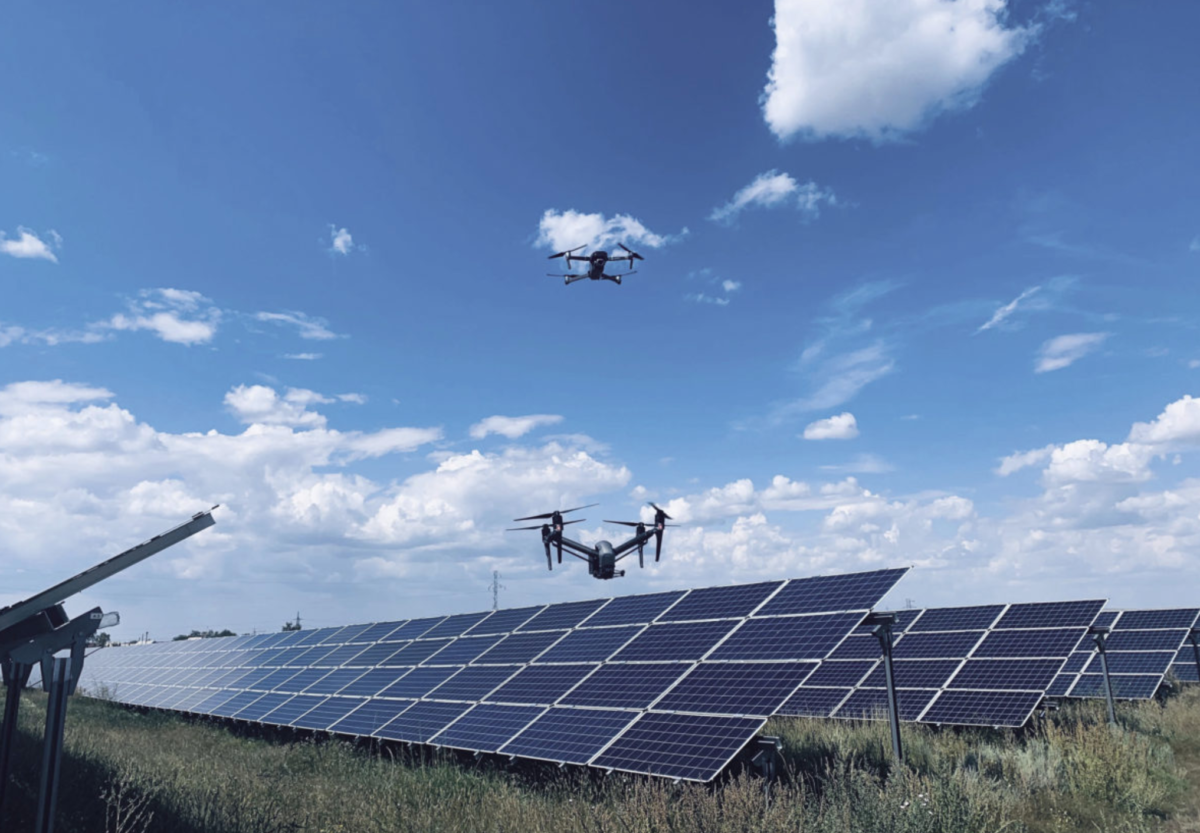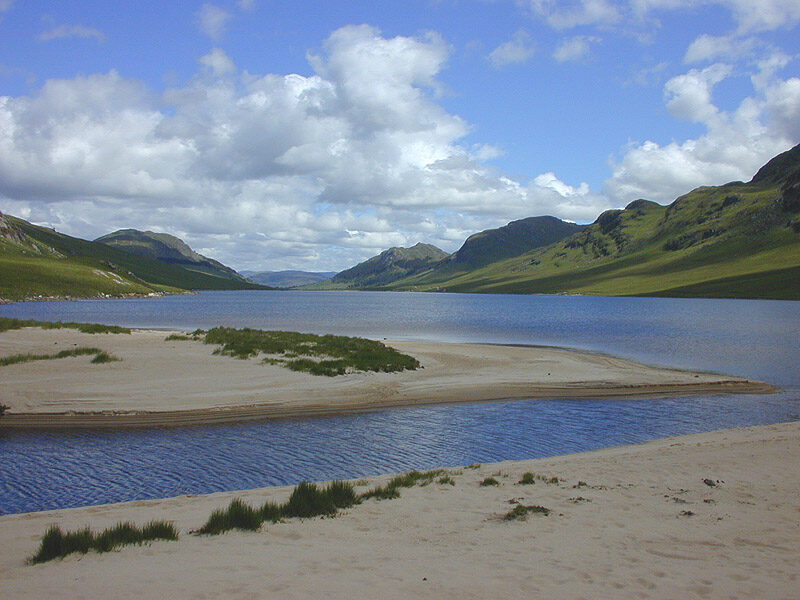“The thing that really impressed me is how far technology has advanced around PV performance and reliability monitoring,” Dr. David Parlevliet, Murdoch University’s deputy head of engineering and energy, told pv magazine Australia when a report he co-authored for the Australian PV Institute (APVI) on portable onsite inspection methods for PV was released last week.
The report – “Qualification of PV power plants using mobile test equipment” — was published by the International Energy Agency’s PV Power Systems Task 13. It incorporates input from participating countries throughout the world, with the aim of keeping the PV industry up to date with the latest technologies and best practice for optimizing PV performance.
The value of large-scale PV installations relies on the modules performing to their anticipated yield, but the sheer scale of many PV plants today means 100% technical inspection is unfeasible.
“In Australia, drones play an important part in identifying underperforming power plants,” said a statement from the APVI, which partnered with international contributors on the report.
pv magazine Australia recently reported, for example, on South Australian utility SA Water’s decision to contract UK aerial solar inspection and data analysis specialist Above to monitor the performance of its 370,000 solar panels deployed over 33 separate sites as part of the utility’s Zero Cost Energy Future Initiative.
Rapid advances in infrared inspection using drones mean aerial surveillance now provides a clear overview of the operational status of installed PV arrays, as well as identifying specific PV strings or modules for further detailed analysis using mobile PV test centers, said the APVI.
Importantly, the quality of such on-site inspection results is now comparable to insights gained in lab tests, and can reliably contribute to information required to implement repairs and substantiate warranty claims on faulty panels, without the need to ship them to offsite laboratories for assessment. This in turn poses the risk of damage to panels during transportation, and can result in lengthy downtimes of one or more PV strings.
Parlevliet is also chief remote pilot at Murdoch University, and brings deep experience of the capabilities of drones and the regulations governing their safe deployment, to his work on the paper.
“The drones themselves are significantly more advanced than they were even in relatively recent years,” he said. He noted that they have become more commercially available, and the cost of the technology has fallen, so “you can get an infrared equipped system from a common drone manufacturer for a few thousand dollars, which makes it a lot more accessible to small companies or users.”
To continue reading, please visit our pv magazine Australia website.
This content is protected by copyright and may not be reused. If you want to cooperate with us and would like to reuse some of our content, please contact: editors@pv-magazine.com.




By submitting this form you agree to pv magazine using your data for the purposes of publishing your comment.
Your personal data will only be disclosed or otherwise transmitted to third parties for the purposes of spam filtering or if this is necessary for technical maintenance of the website. Any other transfer to third parties will not take place unless this is justified on the basis of applicable data protection regulations or if pv magazine is legally obliged to do so.
You may revoke this consent at any time with effect for the future, in which case your personal data will be deleted immediately. Otherwise, your data will be deleted if pv magazine has processed your request or the purpose of data storage is fulfilled.
Further information on data privacy can be found in our Data Protection Policy.